Did you ever wish that the black-and-white manga you’re reading is colored? Did you ever consider reading a colored manga over black-and-white ones?
Ever since I became an elementary school kid, I have enjoyed reading Western comic books such as the Archie Comics, Dennis the Menace, and W.I.T.C.H. comics. For one thing, they helped me tap into my creative abilities when I drew fanart and wrote fanfiction as a child.
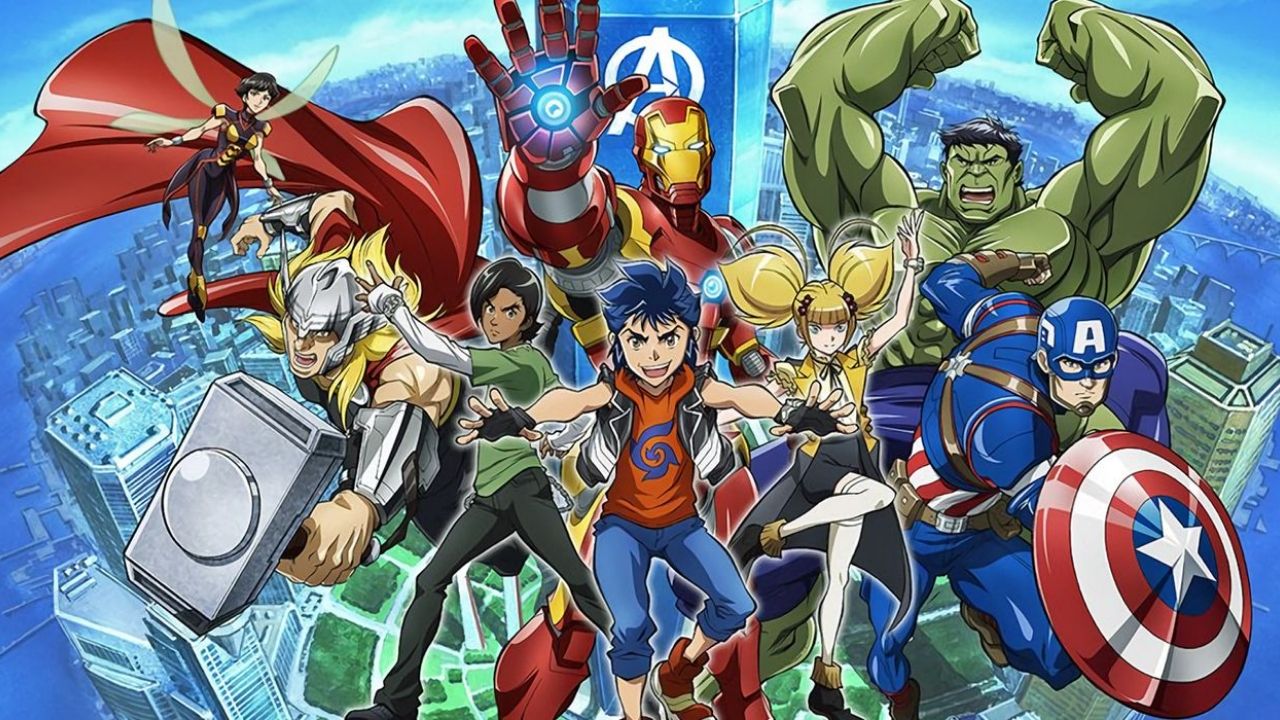
But upon holding my first manga during my inquisitive teenage years, my train of thoughts went as follows:
“Why is this comic book not colored? It’s so disorganized, dirty, and confusing! Not to mention difficult since I must read right-to-left!”
Today, I’ll be delving into the reasons why mangas are black-and-white; their difference against colored comics; as well as manga titles that are also available in color.
1. Why are Mangas Black and White?
Let’s get the elephant out of the room first. The reason why mangas are black and white is because of Japanese traditions and World War 2. During that war, manga artists choose to draw in black and white to get their issues released to the soldiers quickly.
That’s right. You heard me correctly! The Japanese soldiers were the very first audience of mangas. Because of their passion for Japanese comic books, manga is born!
Around that time, the first manga issues exploded to their mini-society: cadets were reading manga, the captain is reading manga, and even their high-ranking generals join in on the fun.
Because it’s cheap and released easily (no editors involved yet to check the content and quality during a warring era), mangas were published easily!
To keep this tradition alive, mangakas nowadays honor the mangakas and soldiers of that era by ensuring to use black and white colors on Japanese comics. Now that’s dedication!
Other reasons why monotonous colors are used in manga are the following: black ink’s cheaper; coloring consumes a lot of time; the stark contrast between black and white is elegant and amazing!
Mangakas are resourceful; therefore, they use black ink and manga paper effectively when they or their assistant(s) do the inking.
2. Manga versus Comics
I. Black and White Inks versus a Rainbow Palette
A world without color is lifeless. Despite this truth, limiting manga artists to only two colors amplify creativity. Since they can only use varying line thickness and dark & light shadings, manga artists sprinkle their characters’ environments with filters.
Filters enhance the background of manga stories or to exaggerate characters’ emotions; examples of which are florals and shapes such as roses, bubbles, and hearts to lighten the mood. Although black and white, they communicate the mood of the characters and their surroundings.
In the meantime, colorists use rainbow-colored palettes to obtain inspiration and generate their creativity. Rainbow palettes affect their daily lives and mental state positively: each hue or tint sparks their imaginations in multiple ways!
Moreover, they don’t get sick of black and white colors (unlike manga artists who only restrict themselves to seeing black and white colors every work day).
II. Indistinguishable Features on Manga become Distinguishable on Colored Comics
You can identify an anime character because you remember a male character’s blond, red, or brunette hair color, or a female character’s colorful outfits. But colorless manga panels cannot do that. So, artists must use different shades of black ink to indicate varying light and dark tones.
Working with black and white hues also make it hard to distinguish the time of day. It might be easy to tell if there is a night sky where the moon and stars can be clearly seen. But what if it’s supposed to be daytime?
Character dialogues or the story’s narration must compensate this so that readers can identify when a manga scene is occurring — whether it’s during sunrise or sunset.
Comic artists of colored works don’t restrict themselves in using shapes and florals to filter or decorate the background setting of their comics; rather, they use colors to speak for their stories!
Choosing a palette of specific hues to design a character’s hair color, outfits, and skin tone is part of color psychology and fun in creating comics and mangas.
III. Time to Process the Images on Colored Comics is Easier than in Mangas
Sometimes, I find myself staring at a manga panel that I already finished reading for about 2 minutes. This is because my brain needs time to process the image so I can distinguish the manga panel events.
With colorless pages, it’s also difficult to identify distinguishable features among characters. Therefore, non-binging manga readers tend to forget which characters they are looking at. After all, the character drawings have the same monotonous hair color and outfits.
On the other hand, colored comics are full of a myriad of vibrant color schemes as if they were taken from an anime show! If I didn’t know any better, I’d say many anime watchers prefer watching the series unfold rather than jumping into the manga.
It takes time to endure reading a manga if you’re not into the series that much. So, if anime watchers say they prefer anime over manga because of color, they will unlikely touch the manga. Instead, they’ll wait for the next season.
Therefore, manga readers must watch out for varying tones of black and white or wait for a colored chapter or volume artwork to distinguish characters.
This is so that readers can properly identify the characters’ distinguishable features such as eye colors, hair colors, outfits, and many more.
IV. Manga Pages are “Lifeless”, but stilled Drawings on Colored Comic Pages “Pop” and Become “Alive”
An instance when a manga might seem “lifeless” to a reader is when one is reading action or shōnen mangas.
While it’s true that the black and white lines augmented the speed of the characters’ movements and the pace of the fight scenes, the glory of beautifully colored action scenes get lost and become stagnant midway through a manga chapter.
On the other hand, colors presented on colored comic books speak of a magnificent story as much as much as the plotline of a black and white manga. Fans switching from colored comics to mangas often complain:
The still drawings don’t “pop out” because they only use monotonous colors; it makes the manga lifeless than it already is!
Colored comic panels compete better than black and white manga panels because the multi-colored comic panels become vivid to the readers’ eyes despite being “still” drawings at the end of the day.
Moreover, thousands and thousands of thin black lines are all it takes to “make the characters move”. Therefore, colorists keep using these techniques to ensure their still drawings “come alive”.
V. Color Testing Enriches Colored Comics, and Colored Manga Chapters
Picking specific colors and hues on characters’ designs and on the backgrounds is the epitome of art on colored comics. But the true beauty of being comic inkers and pencilers lies in testing a variety of colors to see which colors is a good match on characters and on the background settings.
The process is fun and has its own rewards when the author(s) approve of the color choices on the characters’ hairs, skin tones, clothing styles, etc. Color testing enhances worldbuilding as much as storytelling.
Mangakas also apply color testing when they issue special colored chapters or pages of their manga series. However, they only do this for a limited time because their sole focus is inking the pages of the manga chapter itself.
VI. Monotonous Colors are Efficient, but Inking Colored Comics consumes a lot of Time
For the average manga artist who can pick up a manga pen and draw speedily and easily, it saves them time to choose only between two tones: black and white. However, mangakas can be artistic and efficient with black and white if they use their imagination.
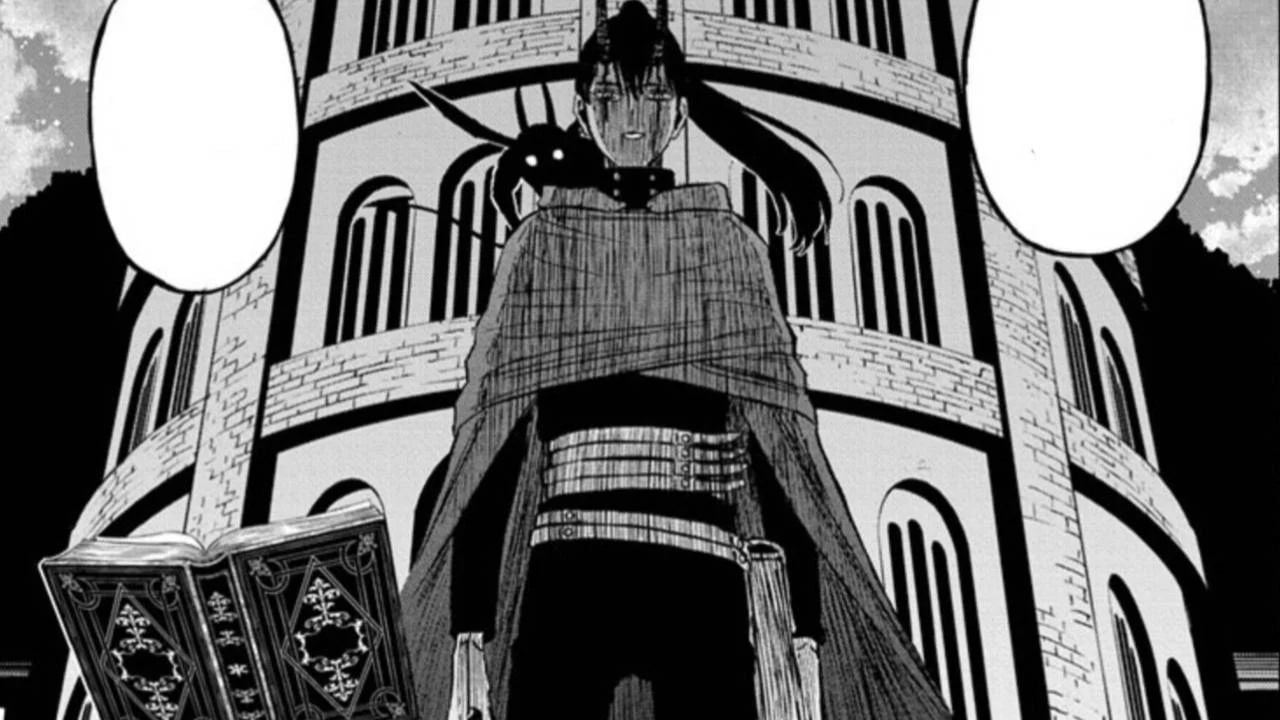
For example, the makeup of a female manga character can be easily drawn with just two monotonous colors. Just add a starry or heart-filtered background; long, curly black eyelashes; and thick, lengthy, wavy hair, and voila!
Readers set their sights on the prettiest and most feminine characters in the series despite being colorless and “lifeless” pages. However, this trick won’t compensate readers who still prefers colorful comics.
Colorful comic panels shine during aggressive battle scenes. Unlike mangakas who are limited to neutral tones, comic artists use vibrant hues on their panels to utilize the power of color.
American publishing companies like Marvel and DC Comics specialize in coloring by choosing the right color palette to make it seem as if blood is oozing out of their comic pages!
But just as I said before, inking consumes a lot of inkers and artists’ precious time. That’s because comic artists color the same 30 to 60-paged chapter for 2-4 days to ensure the published version upholds an excellent quality.
VII. Black Ink Costs Less
Black ink costs less, which means that mangakas can save more money unlike colored ink. When you read shōnen mangas filled with bloodshed battle scenes and action-oriented characters, you can’t help but notice the strength of the dark and light shadings using only black ink, right?
The density that the blank ink is used on seeps on the manga paper! Heavier tones of black ink used on manga pages is something that the mangakas can afford. After all, colored ink on comics costs more.
Since mangakas must save their resources, they are also concerned with the amount of manga panels they put on a page.
If some manga panels overlap, they must distinguish them by drawing thick lines to separate one event from another. This is so that they can be clear-cut on the progression of their storylines.
By utilizing the strengths of black ink tones and the density of its lines on manga paper, mangakas present their intended stories using only a few pages: they narrate their stories in creative and affordable ways.
In addition, manga publishing companies restrict page numbers on quarterly, monthly, and weekly issues. So, manga artists must wisely use their manga panels to bring a page-turner impact to their readers through approximately 20 pages in a chapter.
Western comics like DC and Marvel are released in weekly magazine issues and are around 30 pages. However, there are times when they release an exclusive 100-page Giant Comics Line. To test the waters, they release four titles a month first, then six titles a month.
They carefully tread the deep waters because using colored ink on 100 pages also means comic book prices go up. If they don’t want comic book sales to drop, Western publishers must only release standard weekly issues (average of 20 pages per issue).
VIII. Margin Notes and Cliffhangers on Mangas Exist, but not on Comics
Known as “editor’s notes” or “margin notes”, it’s possible that the authors allow their placement there to give a “sneak peek” to the readers; thus, panning out the narration of the chapter and opening the authors’ mindset to the audience.
“Fullmetal Alchemist”, “Attack on Titan”, and “The Promised Neverland” have excellent mangakas where readers are often left with cliffhangers. Readers ask themselves,
“What happens in the next chapter/volume?”
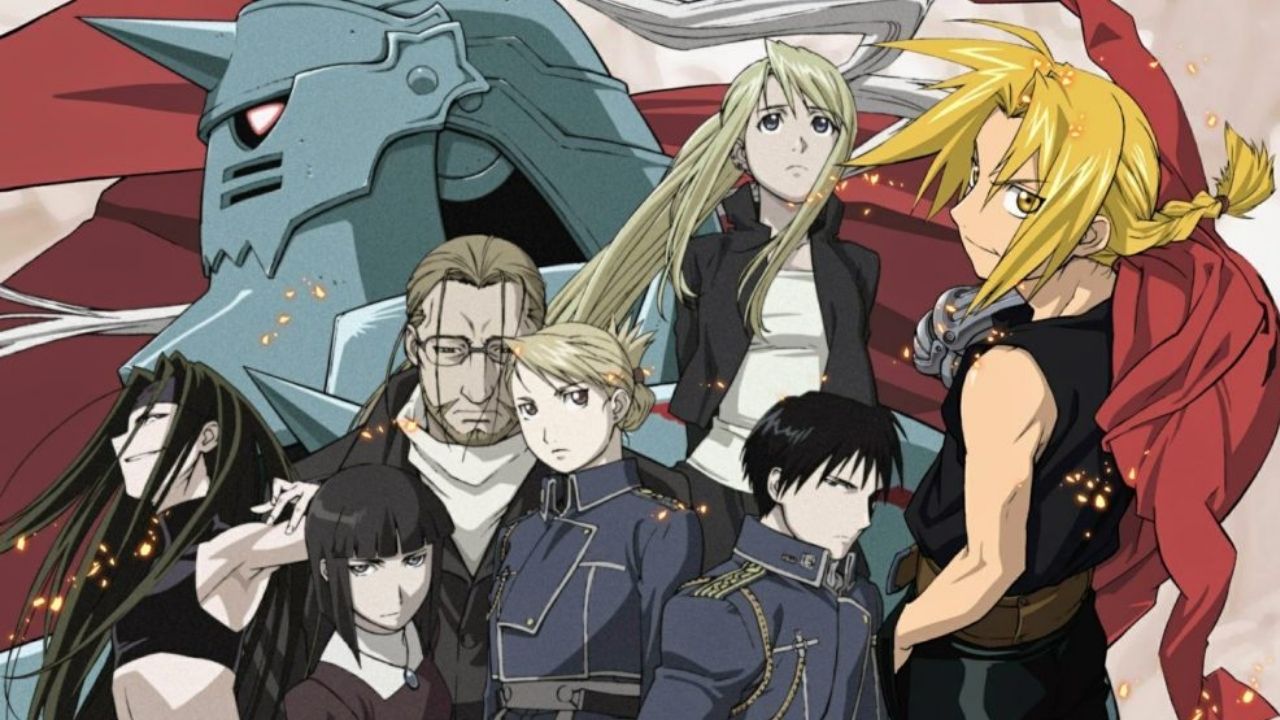
The manga artists of those shōnen titles are very good in ending chapters with suspense! In doing so, the readers read the next chapter (which are sometimes colored); immediately buy the next volume (so one can see the colorful volume artwork as well); or binge-read the series.
The sense of urgency that readers react to help increase manga sales and create sympathetic feelings. Manga readers feel emotional on pencil drawings which become “alive” through the creators’ imaginations/talents.
In any case, I don’t know about colored Western comics nowadays. But a decade ago, I am not used to seeing margin notes on the colored comics when I was a child. Perhaps I just didn’t care to notice them.
But one thing is for sure, it didn’t give me that “cliffhanger” vibe that I often feel whenever I read manga. Since it didn’t give me that cliffhanging feeling, I was not inclined to get my hands on the next volume.
3. Recommendations
I’ve read about 20+ manga titles over the past decade and have now trained my brain to read comics right-to-left. So that is why, nowadays, I prefer black-and-white manga over colored ones.
In addition, my eyes eased into the black-and-white pages of the manga panels. They know which manga panels I should be reading next since my eye sights follow comic panels in a right-to-left direction.
You may say that it’s just my personal choice that I prefer manga over comics. While this is partially true, my mind has also found comfort while reading the black-and-white pages of a manga volume.
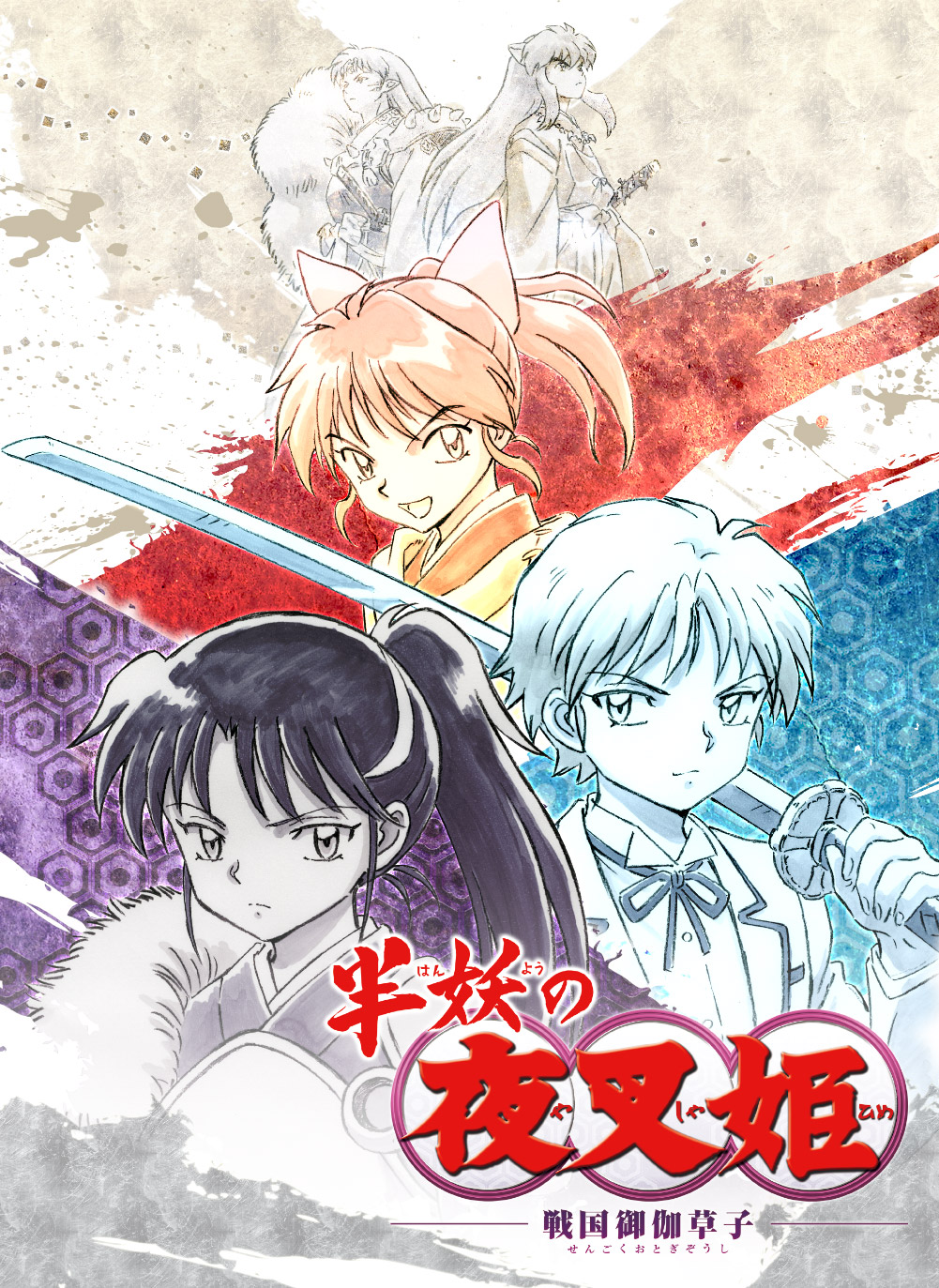
As I grew up, I noticed one particular “colored manga” based on an anime. The colored comic book is called the “InuYasha ani-manga”. It takes the screenshots of the anime and put them in a comic format, henceforth, creating an “ani-manga”. You can say that this is colored comic.
Demand for anime versions of the above shows must have exponentially grew that fans back then requested a colored comic book based on screenshots of the tv anime shows. Although they’re not that popular, there is one other series that does an “ani-manga” as far as I know, and it’s “JoJo’s Bizarre Adventure”.
The other thing I would like to mention are Chinese and/or Korean comics known as “manhua” or “manhwa”. Many fans simply dubbed them as “webtoons” to distinguish them from Japan’s black and white manga.
The great thing about webtoons is that they always come in color. However, despite webtoons’ terrific storylines, they are made in a rush; this is why webtoons’ artworks are not that superb compared to the focused manga art panels.
4. About Mangas
Mangas are graphic novels, Japanese comics, or Japanese cartoons. Most of their art style was developed during 19th century Japan.
However, manga’s historical art has long been known since pre-history or ancient Japan. Around 2007, manga’s influence on American and international markets exponentially grew; henceforth, manga become a mainstreaming medium.
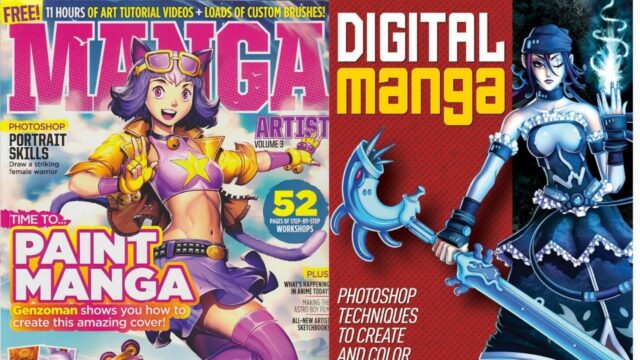
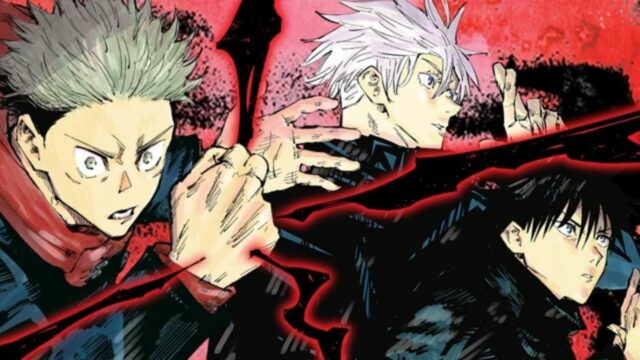
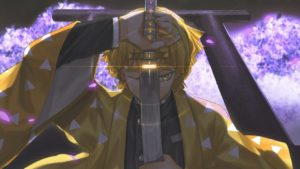
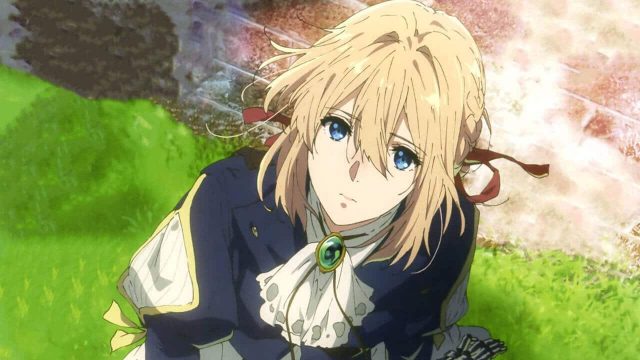

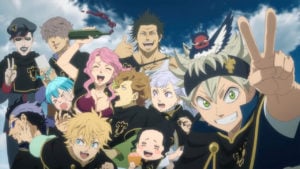
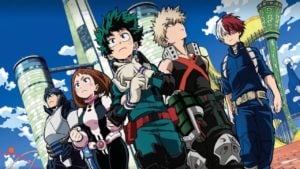

No Comments on Why are Mangas Black and White, not Colored? Comics vs. Manga